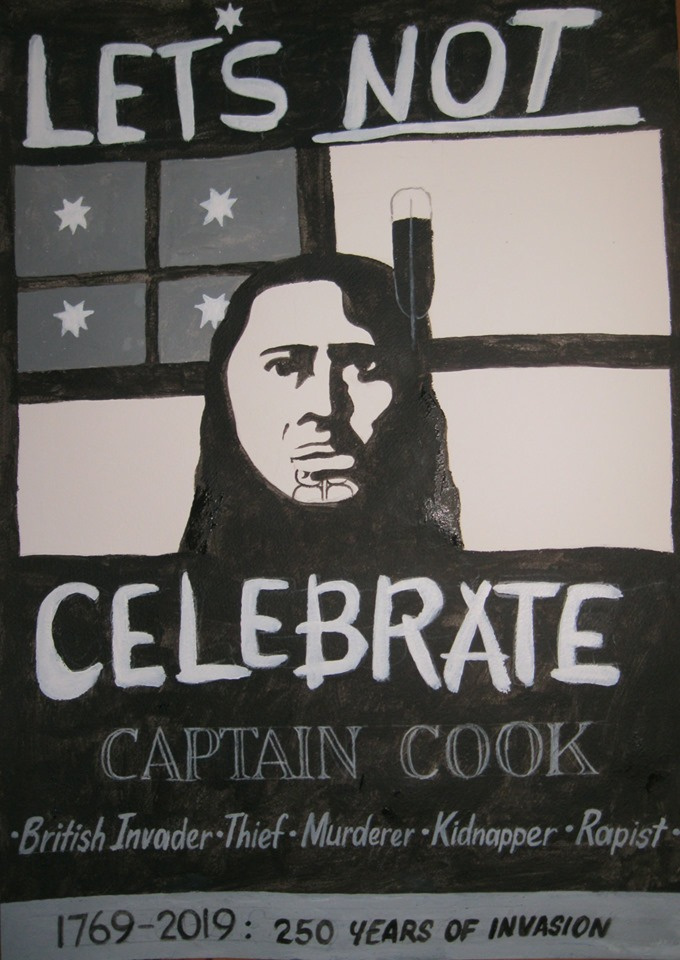
Written by Raukura Hoerara-Smith – Kaiwhakahau Māori Museums Wellington
For some, navigating the unexplored past of Aotearoa can be tricky. The Tuia 250 commemoration marks the arrival of Captain Cook to Aotearoa 250 years ago. A flotilla of ships will travel from Tahiti tracing Cook’s journey. This campaign has sparked debate based on the impact of Cook’s arrival on Māori.
Mātauranga Māori is the understanding of knowledge both visible and invisible. For many, the Tuia 250 commemoration highlights the fact that colonisation did not respect mātauranga Māori. As an example, the renaming of Māori landmarks by Cook disregarded the Māori names and narratives unique to Aotearoa. The historical knowledge of Māori place names are the story maps that connect and guide indigenous people to place.
Trading activities, as well as environmental transformations such as farming and housing, resulted in an influx of new immigrants displacing Māori to free up land, labour and resources for the new arrivals.
The disparities between Māori and Pākehā have increased and threatened the identity of Māori. Māori are over-represented in statistics such as incarceration, poverty, unemployment and health, and it is time to address the inequalities. Māori don’t need special treatment, but they need to be heard.

Image courtesy of Robyn Kahukiwa (2019)
Decolonisation is a word increasingly discussed within museum practices. Decolonisation is the process of enabling indigenous people to reconnect with their identity. The current trends indicate a shift in ideas to better understand the concept of biculturalism. This requires a shift in both how people think and what actions are taken.
Outside of the sector, it is used by writers, artists, and activists to express their opinion and to hold large institutions and societal structures accountable. It is increasingly evident that there is a need for more support and engagement with Māori. The westernised worldview has been instrumental in the marginalisation of indigenous knowledge systems and as such has contributed to the continuation of colonisation.
So, how are we changing? Firstly, there is a need to empower taonga, people and place with effective knowledge sharing. Encasing taonga in museums is a passive model which can lead visitors viewing them as objects instead of valuing them as taonga. There is a need to create active spaces by producing meaningful content where taonga are part of a living dialogue. Therefore, the visitor is not only viewing the taonga but experiencing taonga as part of a vibrant living culture.
Let’s start to better explore the indigenous stories unique to Aotearoa and become aware of what’s really going on.